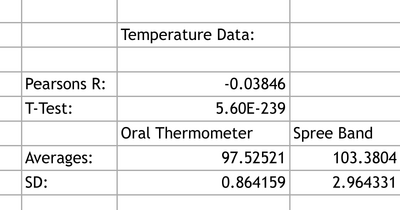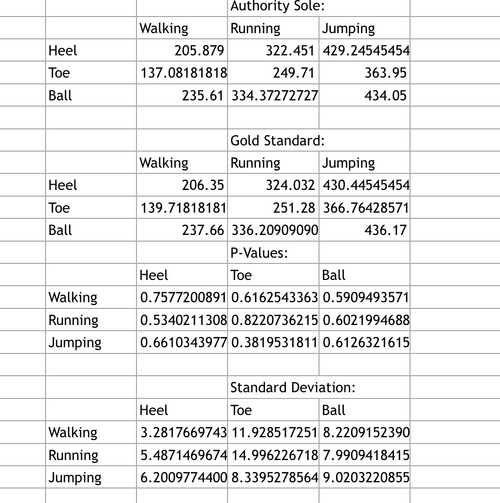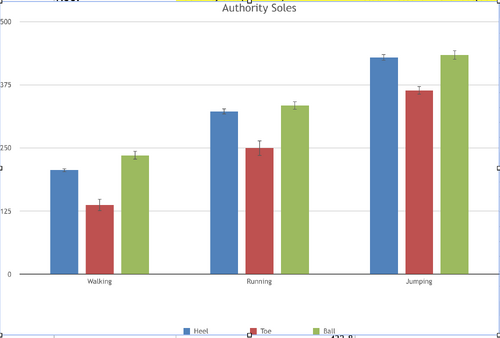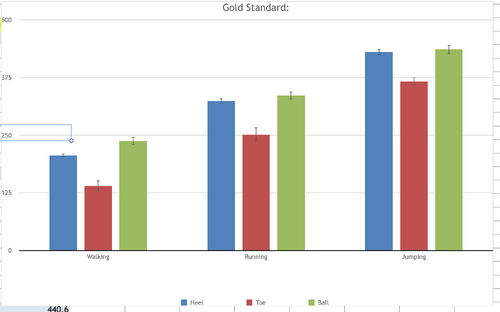BME100 f2014:Group6 L3
| Home People Lab Write-Up 1 | Lab Write-Up 2 | Lab Write-Up 3 Lab Write-Up 4 | Lab Write-Up 5 | Lab Write-Up 6 Course Logistics For Instructors Photos Wiki Editing Help | |||||||
|
OUR TEAM
LAB 3A WRITE-UPDescriptive StatisticsThe Standard Error for Temperature was .08 The Standard error for Heart Rate was 1 Image One: The data for the Heart Rate Tests comparing the Pulse Ox to the Spree Band. Image Two: The data for the Temperature Tests comparing the Oral Thermometer to the Spree Band.
Results
AnalysisT-test is used because there are only two variables measured/compared: the gold standard and the spree.The temperature's negative Pearson's r value indicates that there is a weak negative correlation(between standard and spree). The heart rate's Pearson's r shows a positive correlation, but the relationship between the two variables(standard and spree) is weak because the Pearson's r is close to 0.
Summary/DiscussionThe Spree Head Band had multiple issues with its design. One of the issues included bluetooth connection with the Iphone and the headband. While walking around campus, connectivity was lost between the band and the phone and the trial had to be re-started. This could be improved by a cord connection to the phone and the headband. Though this would impact aesthetic features of the spree band, it would improve connectivity. Another problem would be the fact that the spree band did not give a specific temperature just a scale of 1, 2, 3 and 4. During the analysis, a scale was used to convert the spree band numbers into actual temperatures. These numbers were just approximations of the actual temperature. An improvement to give a more accurate reading would be to report the actual temperatures on the spree band so it can be more easily compared to the gold standard to see if it was an accurate reading. Another inaccuracy was where the spree band was measuring the temperature. The spree band was measuring the temperature on the skin. While walking outside, the core body temperature increases and a natural response to cool the body down would be to sweat, thus lowering the skin temperature, and affecting the temperature the spree band portrays. A correction for this would be a connection on the spree band to measure core body temperature instead of skin temperature where there was more error compared to the gold standard.
LAB 3B WRITE-UPTarget Population and NeedAuthority Soles benefit any consumer. However, it is perfect for athletes. The product provides various measurements that are convenient for athletes including lowering the risk of injury. Authority Soles could also assistant individuals who suffered injuries to guide them through the proper use of their foot to prevent any more damage.
Device Design
Inferential Statistics
GraphThe above graph shows the pressure of the toe, the heel and the ball of the foot while running, walking and jumping while using the authority soles. The above graph shows the gold standard of the pressure of the toe, the heel and the ball of the foot while running, walking and jumping. This was measured in a lab
|
|||||||










